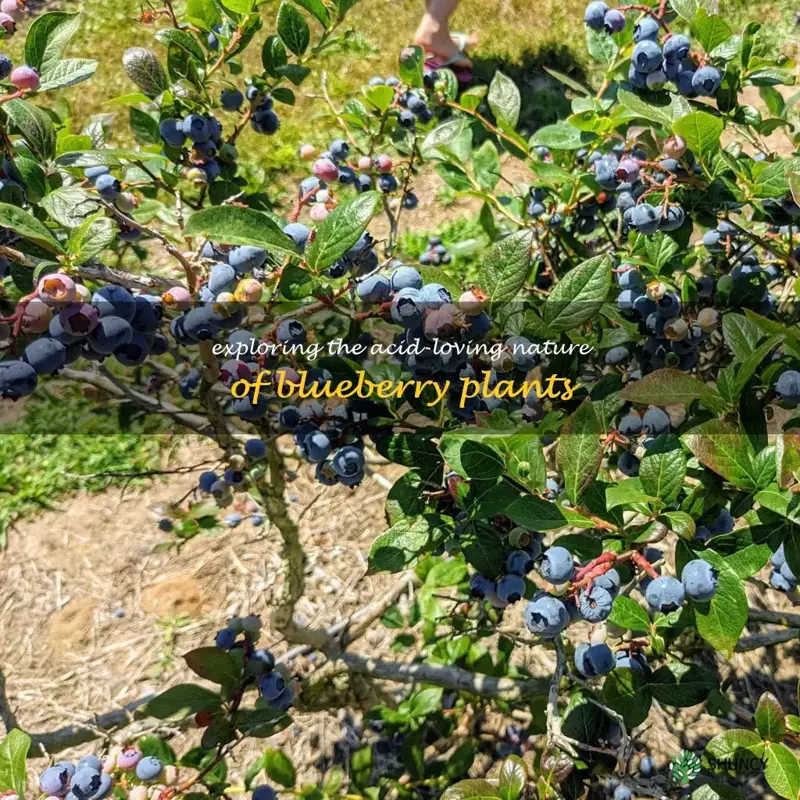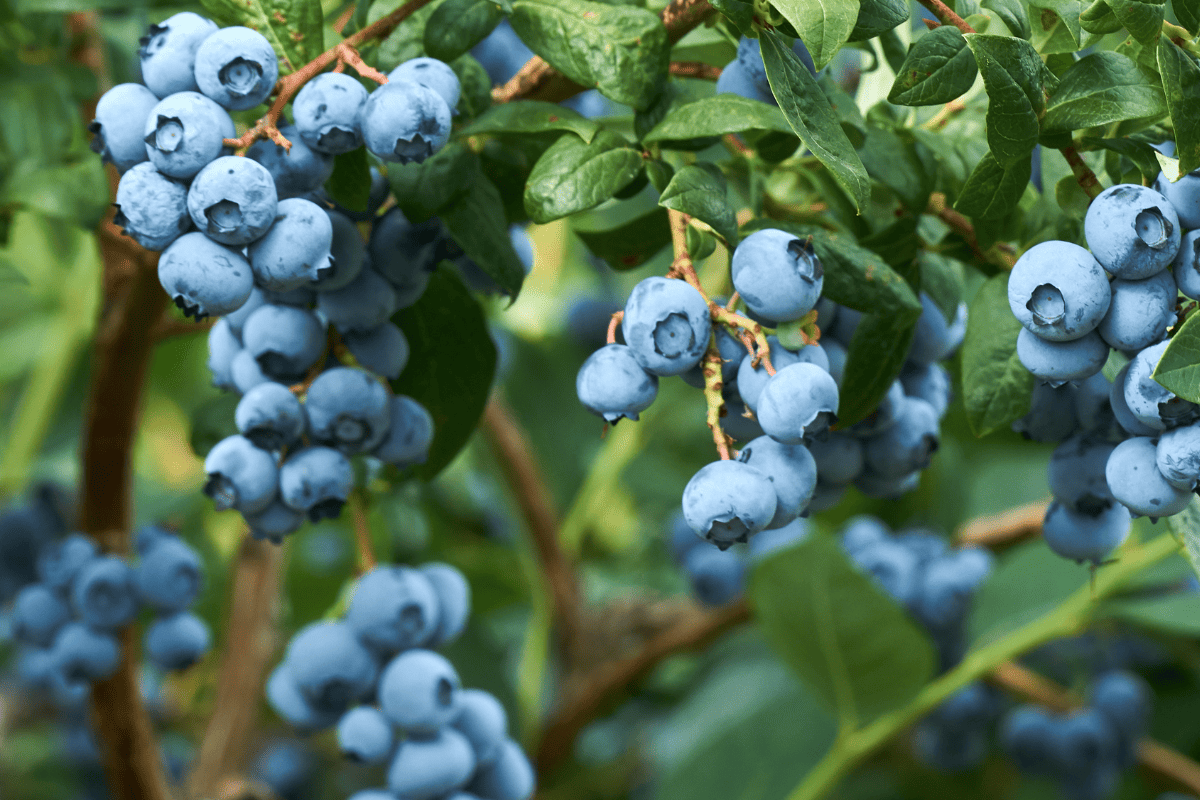Why Blueberries Thrive: Discover If They’re Truly Acid Loving Plants!

The first time I tried to grow blueberries, I made one classic mistake: I trusted my “good garden soil.” After all, my tomatoes were thriving—shouldn’t blueberries do the same? By August, my bushes looked like they’d been through a drought and a tornado. Yellow leaves everywhere. Zero berries. A little research later, it hit me—blueberries are picky about one thing above all else: acidic soil.

Here’s the truth most experts bury in jargon or 10-step checklists: if you get your soil’s acidity right from the start, nearly every other blueberry problem disappears.
Why Blueberries Demand Acidic Soil (And Why Most Gardens Miss the Mark)
Blueberry roots are designed for extremes—they want a pH between 4.5 and 5.5. That’s not just “a bit acid,” that’s “citrus fruit acid.” Your average backyard dirt usually sits at a neutral 6.0–7.0. Anything higher than 5.5 and those roots simply can’t grab the nutrients they need, no matter how much you fertilize or water.
But here’s where it gets simpler than most guides admit: you don’t need lab-grade precision or $50 test kits to fix this.

The No-Nonsense Way to Test Your Soil
Forget fancy gadgets or sending samples away unless you enjoy waiting weeks for an answer. Head to your local hardware store and grab a basic soil pH meter (the $12 plastic kind works fine—I’ve used mine for five years). Stick it into damp—not bone-dry—soil near where your blueberries will live.
If the dial says anything above 5.5? Don’t panic—it’s an easy fix.
One-Step Solution: Get Acidity Down Fast (No Overthinking Required)
Experts love to debate soil amendments like they’re mixing rocket fuel formulas. But after years of trial and error (and more dead blueberry bushes than I’ll admit), here’s what actually works:
- Elemental sulfur is your friend.
- For every 100 square feet, sprinkle about one pound—spread it evenly on top.
- Scratch it into the top few inches with a rake.
- Water well.
- Done.
Sulfur takes a few months to fully shift pH, so do this in early fall or as soon as possible before planting.
I once tried coffee grounds, vinegar sprays, even soaking pine needles in buckets overnight—all overcomplicated nonsense with minimal results compared to plain old sulfur granules.

Mulch and Forget
After you’ve set the right acidity:
- Mulch thickly with pine needles or oak leaves each spring.
- Don’t bother hunting for rare wood chips or boutique compost mixes—these two mulches keep things acid enough without fussing.
Peat moss is another winner if you’re planting new bushes—just mix a hefty shovelful into each hole before setting your plant in place.
The Big Mistake: Ignoring Water
One sneaky way people accidentally sabotage their efforts? Using alkaline tap water all summer long (especially in hard-water areas). If you notice yellow leaves creeping back mid-season despite perfect pH at planting, try switching to rainwater collected in a barrel—or even bottled water during dry spells—to keep acidity stable.
What Failure Taught Me
My first batch of bushes taught me that “fixing” soil after planting is far harder than doing it right up front; blueberries hate being dug up and moved later on. Now, I prep my patch months ahead of time—even if that means waiting till next year to plant—and have never lost another bush since.

And don’t stress about numbers too much; test each spring as part of your routine (it takes less than five minutes) and throw down more sulfur only if things drift upward again.
Recap – Keep It Simple:
- Buy a cheap soil pH meter.
- Add elemental sulfur if needed—follow package rates.
- Mix peat moss into new holes; mulch annually with pine needles/oak leaves.
- Use rainwater when possible.
- Test yearly; adjust only if necessary.
Skip the endless debates about compost blends and liquid acidifiers—the simplest solutions last longest with blueberries.
If something looks off during the season? Re-test, mulch heavier, switch up your water source—and ask someone who’s grown them locally for quick troubleshooting tips; there are always fellow gardeners eager to share what worked for them (and what definitely didn’t).
Give blueberries what they want from day one, and they’ll reward you with handfuls of fruit for years—with almost zero drama after that initial setup.



